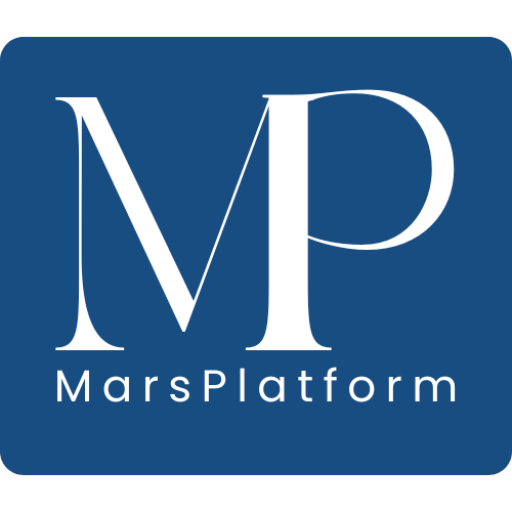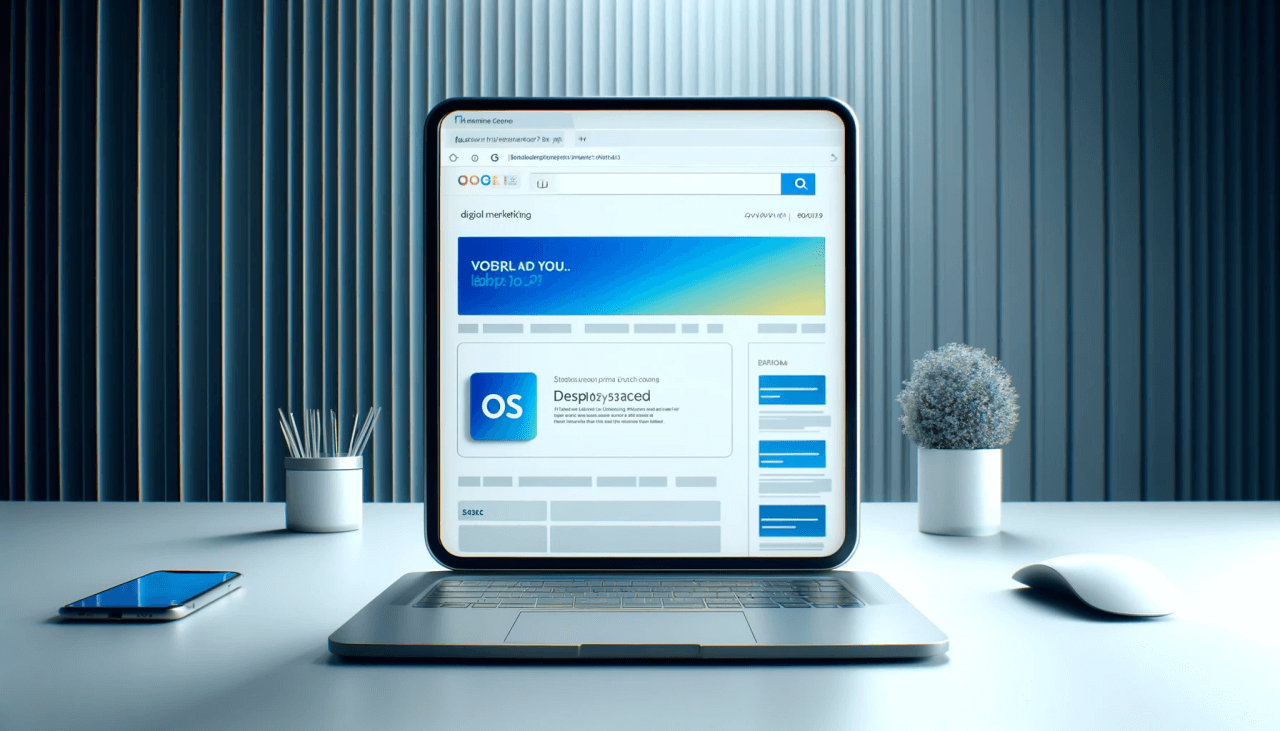Optimizing Your Digital Presence: A Guide to Organic and Paid Marketing Strategies
In the modern digital landscape, businesses and brand developers face the imperative task of optimizing their online presence. This often leads to a pivotal decision: should you navigate the world of digital marketing on your own or seek the expertise of a professional firm? Regardless of the path chosen, a crucial aspect of this journey is determining your social media strategy and deciding between organic and paid marketing approaches.
Organic SEO: A Long-Term Growth Strategy
If your goal is to build a robust online presence over time, organic search engine optimization (SEO) is your best bet. Organic SEO involves improving your website’s visibility in search engine results through high-quality content, keyword optimization, and backlink building. It requires patience and consistent effort but can yield sustainable results and a loyal audience.
Paid SEM: Quick Results with Investment
On the other hand, if you’re looking for immediate visibility and have the budget to invest, paid search engine marketing (SEM) offers a faster route to digital prominence. SEM involves paying for ads to appear on search engine results pages (SERPs), ensuring your brand is seen by potential customers actively searching for related products or services.
Understanding Display Ads and PPC
The world of paid advertising is intricate and often requires specialized knowledge. Two prominent forms of paid advertising are Pay-Per-Click (PPC) and display advertisements. Both are effective in placing your brand in front of your target audience, yet display advertising is often considered slightly more advantageous.
Display Ads
Format: Display ads are graphical and can be images, banners, sidebars, or mid-page ads.
Placement: These ads appear on various web pages that users visit.
Audience Interaction: Display ads attract users while they browse the internet, enhancing visual engagement.
PPC Ads
Format: PPC ads are typically text-based.
Placement: These ads appear at the top and bottom of SERPs.
Audience Interaction: PPC ads target users actively searching for specific keywords.
Why Choose Display Ads?
Display advertising offers several benefits that make it a preferred choice for many businesses:
1. Aesthetic Appeal
Display ads stand out due to their visual nature. Unlike SEM ads, which are limited to text, display ads allow creative freedom, enabling you to use graphics, photos, or videos. This visual appeal can capture the attention of potential customers and convey the uniqueness of your brand effectively.
2. Cost-Efficiency
Display ads are often more cost-effective than PPC ads. The competitive nature of PPC ads, where multiple businesses bid for limited ad space on SERPs, can drive up costs. In contrast, display ads have a broader range of potential placements across numerous web pages, reducing competition and cost.
3. Brand Awareness
Display ads are powerful tools for building brand recognition. By incorporating your logo, slogan, and other brand elements into your ads, you can increase brand familiarity among consumers. Even if users do not click on the ad, the repeated exposure can leave a lasting impression, making them more likely to choose your brand in the future. Research shows that 71% of consumers are more inclined to purchase from brands they recognize.
Summary
Choosing the right digital marketing strategy depends on your business goals, timeline, and budget. Whether you opt for the long-term growth of organic SEO or the immediate impact of paid SEM, understanding the nuances of different advertising options, such as display ads and PPC, is crucial. Display ads, with their aesthetic appeal, cost-efficiency, and brand awareness capabilities, offer a compelling option for businesses looking to enhance their digital presence.



